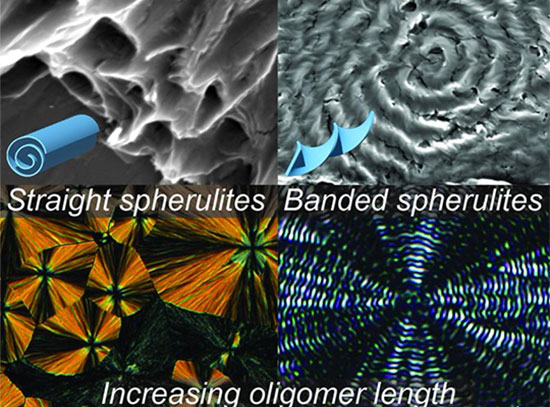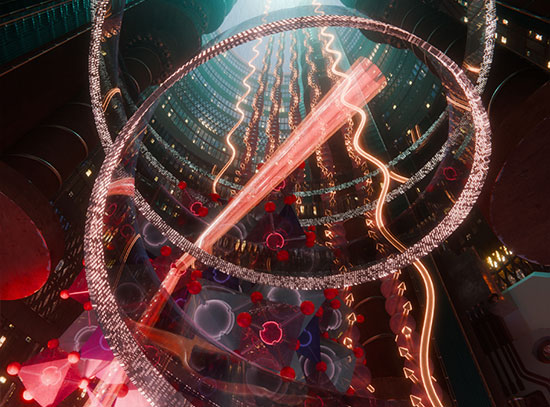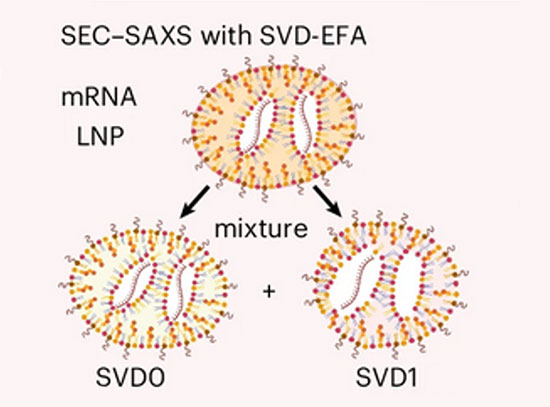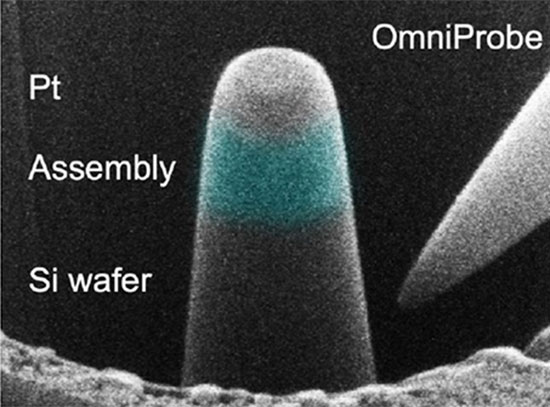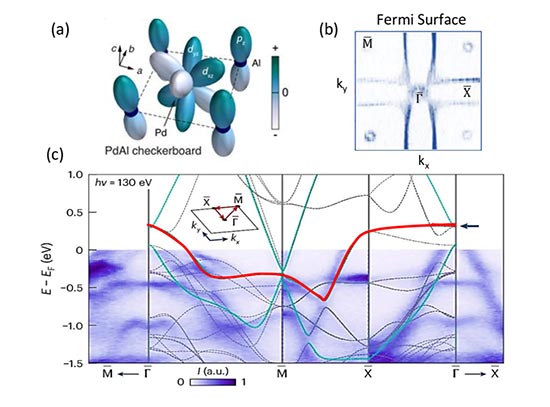Addressing Beam Instability That Can Degrade Brightness
The energy spread increase, a specific electron beam instability, could prevent future synchrotron light sources from reaching their maximum potential
November 30, 2018
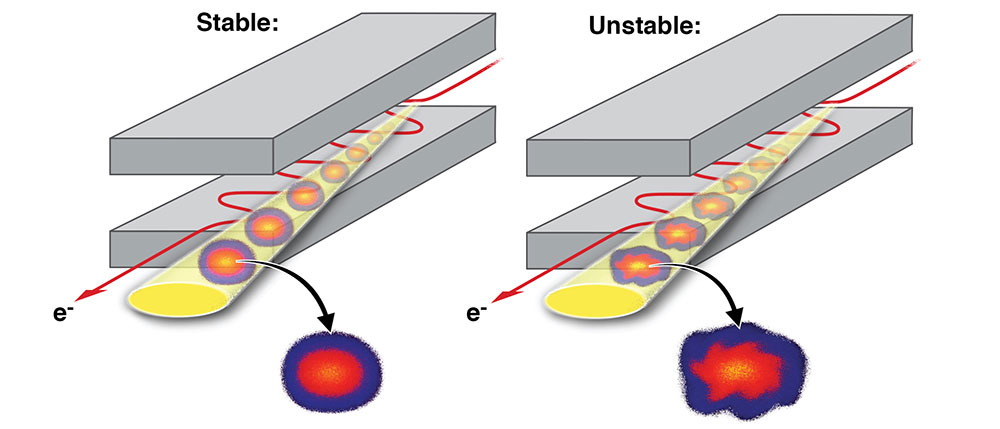 enlarge
enlarge
The image illustrates how an unstable electron beam can affect the x-ray beam profile. In the stable case (left), the profile is a well-defined spot, while in the unstable case (right), the edges of the x-ray beam are blurred. Image credit: Brookhaven National Laboratory.
The Science
Scientists discovered a novel behavior of single-bunch electron beams in low-emittance synchrotron light sources that can help prevent x-ray brightness degradation due to a longitudinal electron beam instability known as the energy spread increase.
The Impact
The energy spread increase is a limiting factor for the brightness of future ultra-low-emittance synchrotron light sources. All new light sources are designed with ultralow horizontal emittance to achieve maximum brightness. However, the possibility of degrading the brightness due to the energy spread increase is not properly addressed in most designs.
Summary
Synchrotron light sources offer academic and industrial researchers free access to state-of-the-art experimental tools. This enables them to tackle the most important challenges in quantum materials, energy science, physics, chemistry, and life sciences. However, many discoveries require the light sources to reach new heights with their intensive x-rays and technology. Therefore, scientists at the National Synchrotron Light Source II (NSLS-II), a U.S. Department of Energy (DOE) Office of Science User Facility located at DOE’s Brookhaven National Laboratory, investigate the special behavior of these particle accelerators to improve future designs.
Now, this team of scientists discovered a novel behavior of single-bunch electron beams in low-emittance synchrotron light sources that can help prevent x-ray brightness degradation due to longitudinal electron beam instabilities. The team measured the energy spread of a single electron bunch circulating in the low-emittance storage ring of NSLS-II. The emittance of a particle accelerator describes how wide and long a particle bunch is within the accelerator.
The team measured the horizontal profile of the electron beam and the photon energy spectrum from an in-vacuum undulator. An undulator is a device that generates the ultrabright light, or photon spectrum, which is used in the various experiments running at a light source. The scientists measured the photon spectrum on the Soft Matter Interface (SMI) beamline at NSLS-II.
Using these independent techniques, the scientists found that the energy spread grows when the electron beam current is increased above a certain threshold. They also found that the growth behavior shows a series of local minima and maxima in which the beam conditions are more stable. The scientists speculate that these areas of stability could be used for future operational modes to prevent beam loss and brightness degradation.
Additionally, the team analyzed the instability using a recent extension of the Sacherer's theory of the microwave beam instability and found that these calculations match the observed beam behavior.
The combination of these results can be used to predict the beam behavior for various machine conditions in existing, and future ultra-low-emittance storage rings, for optimal and improved performance of the accelerator.
Contact
Alexei Blednykh
National Synchrotron Light Source II, Brookhaven National Laboratory
blednykh@bnl.gov
Publications
A. Blednykh, B. Bacha, G. Bassi, W. Cheng, O. Chubar, A. Derbenev, R. Lindberg, M. Rakitin, V. Smalyuk, M. Zhernenkov, Yu-chen Karen Chen-Wiegart, L. Wiegart, New aspects of longitudinal instabilities in electron storage rings, Scientific Report 8:11918 (2018). DOI:10.1038/s41598-018-30306-y
Funding
This work was supported by the US Department of Energy Contract Numbers DE-SC0012704 and DE-AC02-06CH11357.
2018-18953 | INT/EXT | Newsroom




